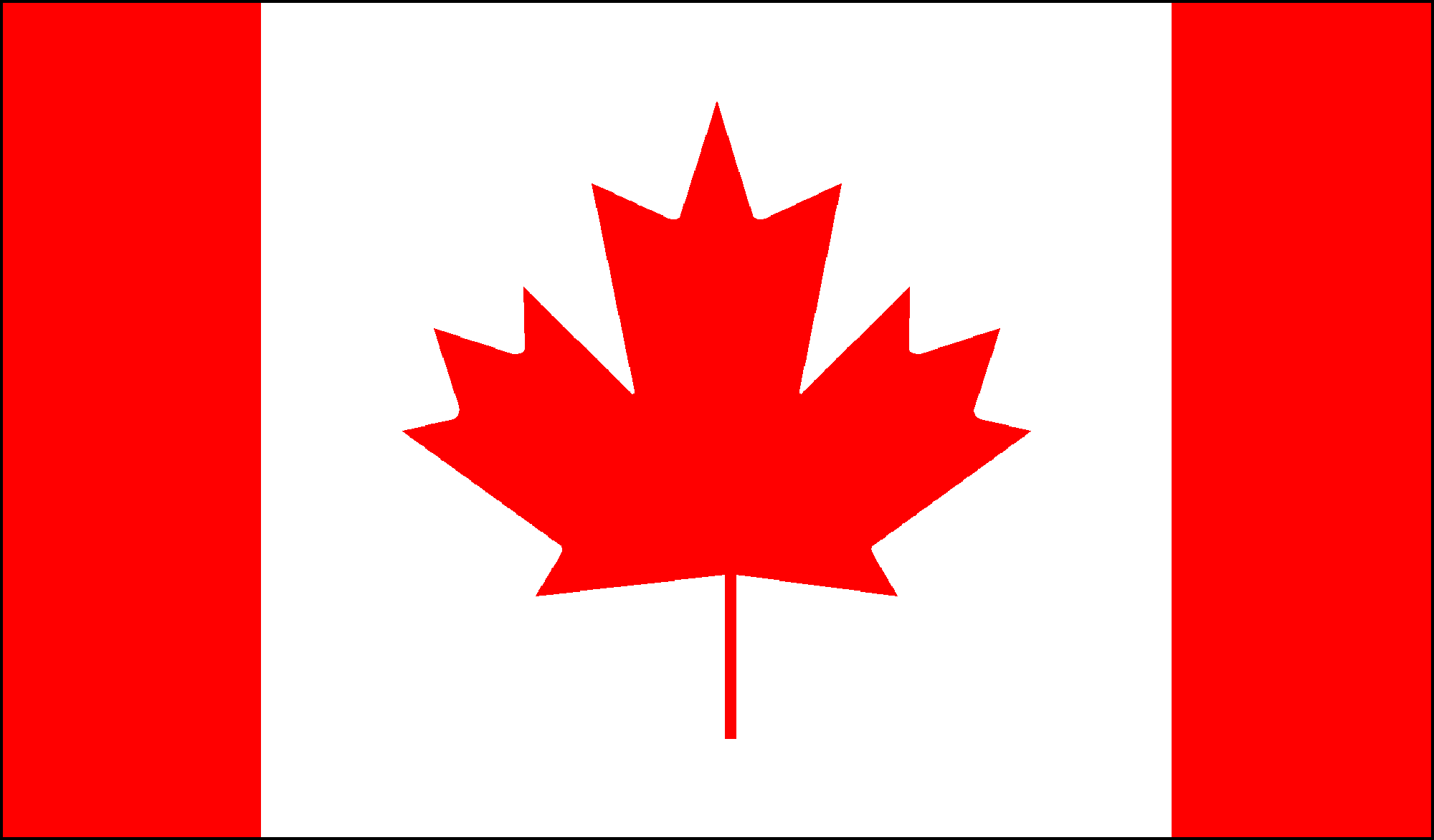
Often, when people make retirement plans, thoughts of fabulous sums come to mind. One way to think about retirement is from an income perspective. One of the most noticeable changes at the end of the period during which a person is actively working, retirement is the change of one check per month for several. That’s right when you retire in Canada, chances are you will receive multiple checks.
What makes up retirement income in Canada
Canada Pension Plan (CPP)
One of the two checks you receive is from this very plan (CPP). Starting at age 65, you will receive a maximum pension of $ 934.17 each month. Despite this, do not count on the maximum amount, since it is not so easy to meet the requirements for the maximum. The amount depends on your work experience in Canada, as well as the number of labor contributions (volunteering, community service) between the ages of 18 and 65.
Retirement Age Assurance (OAS)
The maximum payout for OAS in Canada is $ 517 per month. Unlike CPP, most receive the maximum amount possible, since this payment is based solely on the place of residence. If you have been a Canadian resident for 40 years between 18 and 65, you can count on the full amount. If you earn more than $ 66,733 per year while receiving OPV, then some part may be deducted from the amount. It is becoming clear that you will not be able to survive on pension checks alone in Canada!
Pension plans
If you have devoted an extended period of your life to working in Canada for one company, your pension will only be higher. Retirement benefits in Canada today depend on whether you choose a defined benefit plan or a defined contribution plan. Typically a better option is a defined benefit plan that will cover up to 70% of your pre-retirement income. The maximum benefits can be achieved by working for one company for 35 years, which is rare, since people change employers often, and not all jobs are ready to offer you retirement plans.
Registered Retirement Plan (RPP)
It is an individual Canadian retirement plan, which is opened in addition to two government programs – CPP and OAS. With few employers offering retirement plans, RPP will be one of the largest sources of retirement income in the future. This plan is flexible. You can withdraw as much money as you want, subject to the established minimum. Be that as it may, the profitability of this solution is individual, to get a full picture it is worth consulting.
Non-RPP Attachments
Investments outside of a registered retirement savings plan provide the most flexibility. These include stocks, bonds, mutual funds, investment properties, and so on. For many, investing in retirement plans can make it difficult to acquire the listed investments.
Income from work
One of the most popular trends in the continuation of work after retirement in Canada. In the past, retirement meant stopping work, but today this is no longer the case. Some work for someone else, others prefer to work for themselves. Some work for money, and some just to be busy, to keep in touch with people or for fun. Be that as it may, the key reason for working in retirement is desire, not a necessity. Recently, in our article “How to find a job in retirement in Canada”, we talked about the 7 best jobs for retirees in Canada and advised on how to find a job.
Good planning has an impact
Before you make sure you can retire in Canada, it is important to know what sources of income you will have at retirement age. Usually, it’s worth starting by establishing the amount that your company-sponsored retirement plan (CCP and OAS) will provide. Having figured out the main aspects of the retirement issue, you need to figure out how to supplement income with flexible solutions like a funded plan, personal assets, or salary.
Sometimes it is difficult to decide which source of income to start with. The key to a solution is a well-written personal plan. It doesn’t matter if you have just started your professional path or are already getting close to retirement, it is the understanding of the principles of building retirement income that will help lay the foundation for planning the future.
The average pension in Canada
The median pension in Canada was $ 1,856. Of course, the amount is not astronomical, but more than enough for you for a month’s stay, especially if you already own your own home. You can also always get a job.
Can retirement benefits be split?
The Canada Pension Plan allows spouses to share benefits with each other. The premise here is that the division must be reciprocal. Keep in mind that Canada’s retirement plan requires both parties to be at least 60 years of age to split the benefits. To make such a separation, spouses must submit an application.
In the event of the death of one of the spouses, the remaining will begin to receive pension contributions in their previous amount. Does the size of my pension depend on my income?
In short, no. The pension plan does not have any strict reservations about this. Such interactions are possible but within the framework of other pension programs.
The retirement age in Canada
The previous Conservative government had plans to raise the retirement age to 67, but Justin Trudeau fulfilled one of his campaign promises, namely, returned the retirement age in Canada to its previous level (65 years).
“The public has mixed opinions about how wise it was to change the retirement age in Canada from 65 to 67. We think it was a mistake, ”Trudeau said. “How we care for the most vulnerable members of society is very important. The point is that such a simple solution in the form of a slight age adjustment will not complicate the situation.”
Trudeau noted that factors worth taking an interest in are creating opportunities for senior citizens to maintain health as long as possible, as well as promoting interaction between the older and younger generations to create a plan to support the older population. He also mentioned that there are plans to improve Canada’s pension plan. This is done with the goal of making Canadian residents happier.
Canada makes the list of the best countries to live in retirement in 2021.
An authoritative ranking called Global Age Watch has published a new report in 2021 – the ranking of the best countries to live in retirement. Canada ranked 9th on this list. The report contains a ranking of 96 countries in terms of care for the well-being of older people. The rating was based on 4 indicators:
- income protection for the elderly
- health status
- opportunities (including their employment and education)
- whether the country has an enabling environment (which ensures physical security, civil liberties, and access to public transport).
Note that the United States did not make it to the top 10 countries:
- Switzerland
- Iceland
- Norway
- Sweden
- New Zealand
- Australia
- Ireland
- Denmark
- Canada
- Holland

